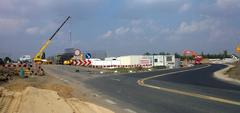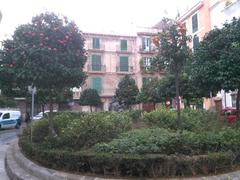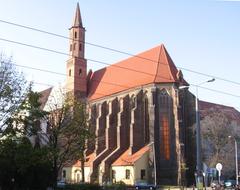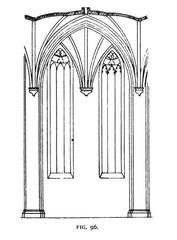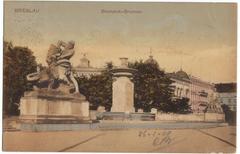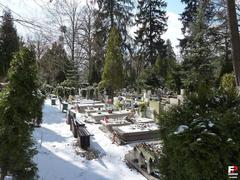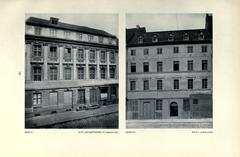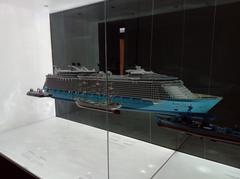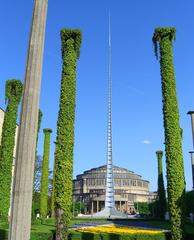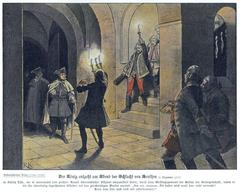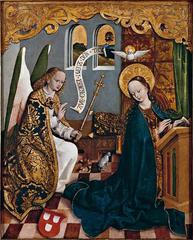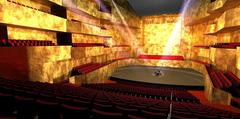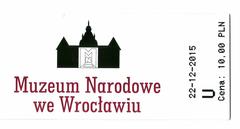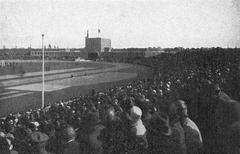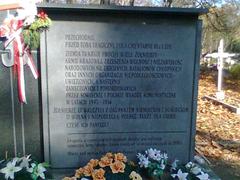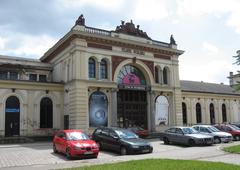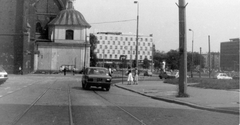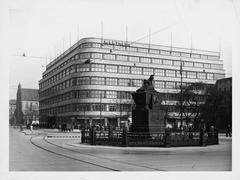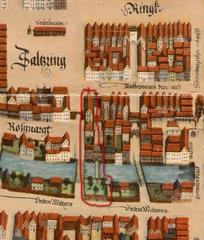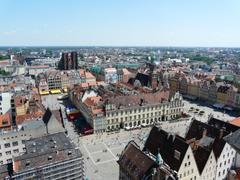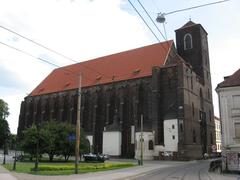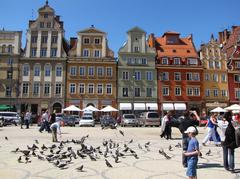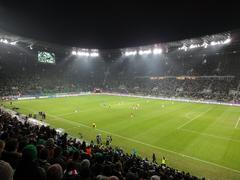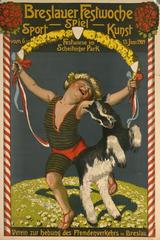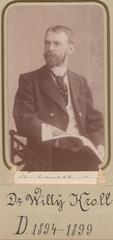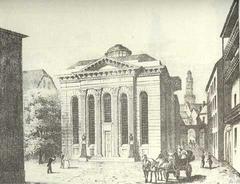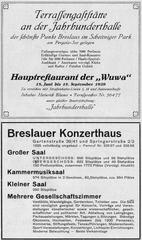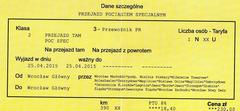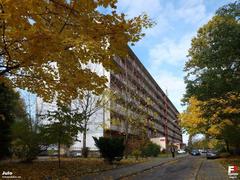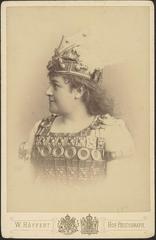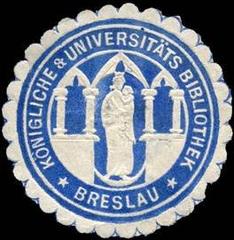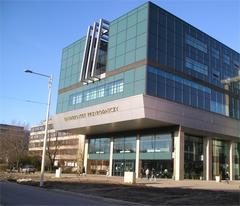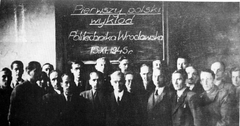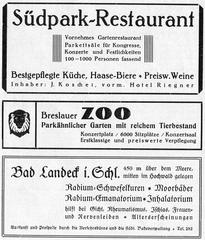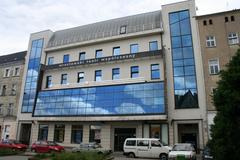
Visiting Pomnik Ofiar Zbrodni Katyńskiej in Wrocław, Poland: A Comprehensive Guide
Date: 01/08/2024
Introduction
The Pomnik Ofiar Zbrodni Katyńskiej in Wrocław, Poland, serves as a poignant and solemn tribute to the victims of the Katyn Massacre, a tragic event during World War II where approximately 22,000 Polish officers, intellectuals, and other elites were executed by the Soviet NKVD in 1940. The monument, officially known as the Memorial to the Victims of Katyn, Kharkov, and Mednoye Massacres and Camp Prisoners in Kozelsk, Starobelsk, and Ostashkov, was spearheaded by the Lower Silesian Katyn Families Association in the early 1990s. Designed by Tadeusz Tchórzewski, the monument occupies 380 square meters and features distinct elements such as granite cobblestones representing the victims and evocative bronze sculptures. It stands not only as a site of mourning and remembrance but also as an educational landmark that informs visitors about the historical context and significance of the Katyn Massacre (Wikipedia, Wroclaw.pl).
Table of Contents
- Introduction
- History of Pomnik Ofiar Zbrodni Katyńskiej
- Key Features
- Historical Context
- Visitor Information
- FAQs
- Conclusion
History of Pomnik Ofiar Zbrodni Katyńskiej
Origins and Construction
The Pomnik Ofiar Zbrodni Katyńskiej, officially known as the Memorial to the Victims of Katyn, Kharkov, and Mednoye Massacres and Camp Prisoners in Kozelsk, Starobelsk, and Ostashkov, was initiated by the Dolnośląska Rodzina Katyńska (Lower Silesian Katyn Families Association) in the early 1990s. Construction began in 1994 and was completed in 2000 (Wikipedia).
Design and Symbolism
The monument, designed by Tadeusz Tchórzewski, occupies 380 square meters and is shaped like a cross. The base is made of approximately 22,000 granite cobblestones, each representing a victim of the Katyn Massacre, underscoring the tragedy’s scale (Wroclaw.pl).
Key Features
Inscriptions and Memorial Plaques
Inscriptions on the monument provide context and commemorate the victims, with the names of massacre sites and prisoner-of-war camps listed on the pedestal (IPN).
Unveiling Ceremony
The unveiling ceremony on September 22, 2000, was attended by victim families, local authorities, clergy, the Polish Army, police, and war veterans (Wikipedia).
The Bronze Sculptures
The memorial features four granite slabs and two bronze sculptures: the Angel of Death and the Katyn Pieta. The Angel of Death holds a sword with the NKVD star, symbolizing the perpetrators. The Katyn Pieta, also known as the Motherland, depicts a grieving mother holding her murdered son (Krajoznawcy.info.pl).
Historical Context
The Katyn Massacre, one of Poland’s most tragic events, saw approximately 22,000 Polish officers and intellectuals executed by the Soviet NKVD in 1940. The victims were buried in mass graves in forests such as Katyn, Mednoye, and Kharkov (Opoka.org.pl).
Visitor Information
Tickets and Visiting Hours
While visiting the Pomnik Ofiar Zbrodni Katyńskiej, there is no admission fee. The monument is open to visitors 24/7, making it accessible at any time.
Travel Tips and Nearby Attractions
The monument is located in Słowacki Park, a serene area in Wrocław. Nearby attractions include the Panorama of the Battle of Racławice, the National Museum, and the Wrocław Cathedral. Consider visiting these landmarks to enrich your historical exploration of the city.
Accessibility and Special Events
The monument is accessible to visitors with disabilities. Special commemorative events are held annually on April 13th, Katyn Memorial Day, offering a deeper understanding of the historical context.
Guided Tours and Photography
Guided tours are available through local tour operators, providing detailed insights into the monument’s history and significance. The monument’s poignant design makes it a powerful photographic spot, especially during dawn and dusk.
FAQs
Q: What are the visiting hours for Pomnik Ofiar Zbrodni Katyńskiej?
A: The monument is open to visitors 24/7.
Q: Is there an admission fee to visit the monument?
A: No, there is no admission fee.
Q: Are there guided tours available?
A: Yes, guided tours are available through local tour operators.
Q: What nearby attractions can I visit?
A: Nearby attractions include the Panorama of the Battle of Racławice, the National Museum, and the Wrocław Cathedral.
Conclusion
The Pomnik Ofiar Zbrodni Katyńskiej stands as a poignant reminder of a tragic chapter in Polish history. By visiting this monument, you not only pay homage to the victims but also gain a deeper appreciation of Poland’s resilience and history. For more information and updates, follow us on social media or download our mobile app Audiala.

